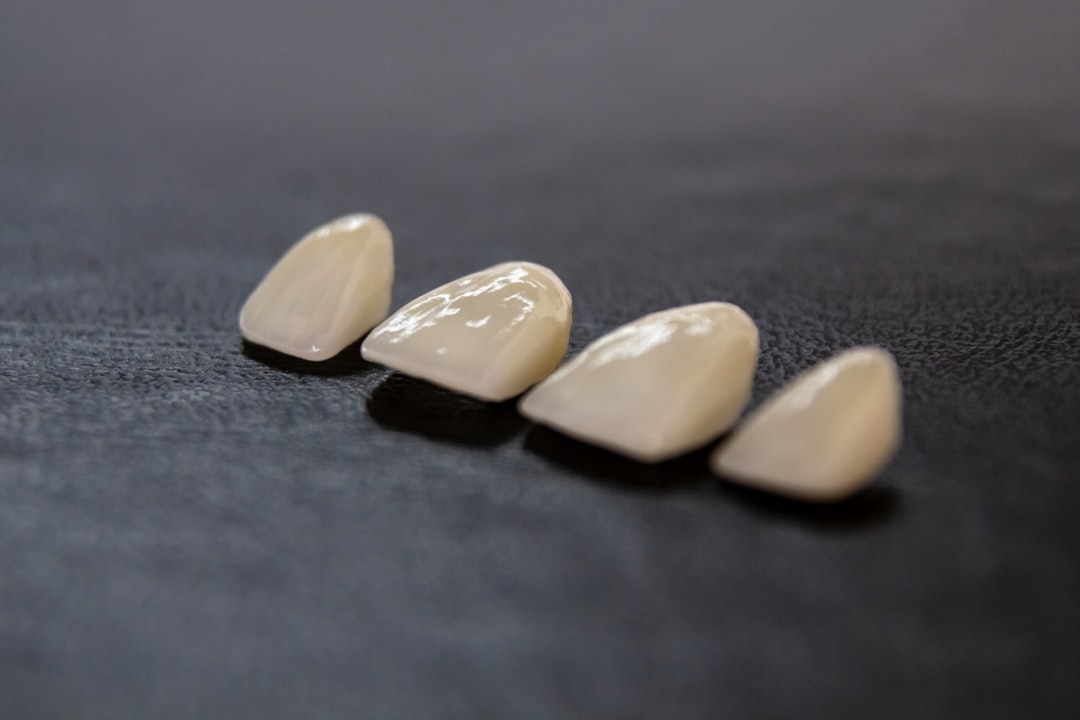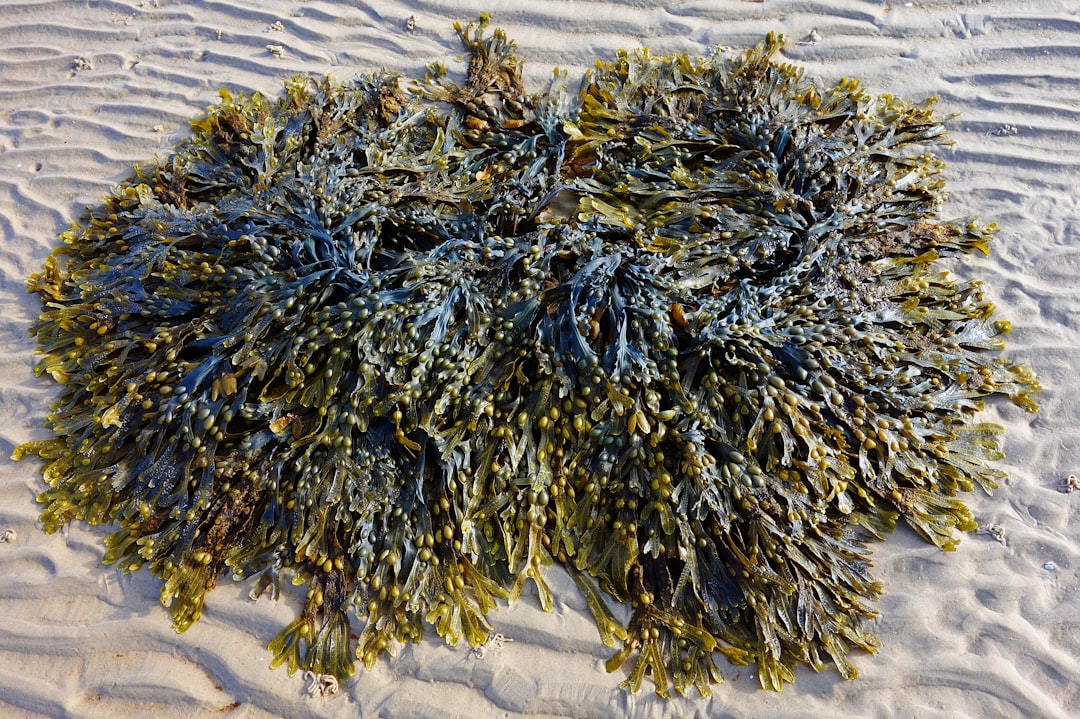What is it about?
The crystal structure of GDH identified for the first time a catalytic Asp residue, D165. Its role was tested by mutagenesis and the mutant D165S was virtually inactive. However, a chance observation led us to the disocovery that fluoride, which inhibits the wild-type enzyme, dramatically (1000-fold) enhances the feeble residual activiuty of D165N. The net result is that whereas, without fluoride there is a 100,000 fold difference in activity between wild type and D165N, with 1M fluoride this collapses to a 5-fold difference! The effect is highly specific to the small F- ion.
Featured Image
Why is it important?
This dramatic finding raises questions about exactly how D165 acts in normal catalysis and how the fluoride ion is able to bring about chemical rescue.
Read the Original
This page is a summary of: Chemical rescue of the catalytically disabled clostridial glutamate dehydrogenase mutant D165S by fluoride ion, Biochemical Journal, June 1999, Portland Press Ltd.,
DOI: 10.1042/0264-6021:3400555.
You can read the full text:
Contributors
The following have contributed to this page










